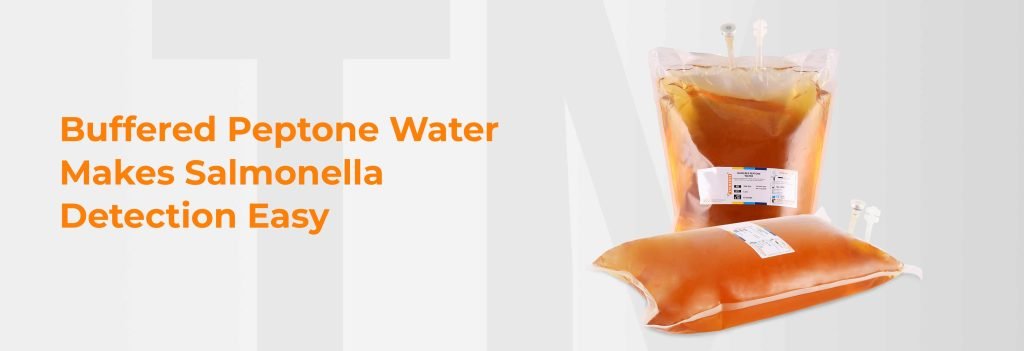

Food is one of the basic needs of all living beings for their growth and development, and food contamination by microorganisms is a global public health issue. Over the past few decades, the incidence of diseases brought on by microbes in food has increased significantly in the majority of countries. According to the Centres for Disease Control and Prevention (CDC), every year around 48 million people get ill, 128,000 are hospitalized, and 3,000 die due to foodborne infections.
The human food supply consists of plants, animals, or products derived from them. As the interaction between plants, animals, and microbes is natural and constant, it shows that our food also contains microbes. The interaction between these organisms or between food and microbes can be beneficial or harmful.
Food poisoning is a significant negative effect of food and microbe interactions. Bacteria such as Campylobacter, Clostridium perfringens, Clostridium botulinum, Escherichia coli, Salmonella, and Staphylococcus aureus; Virus such as Norovirus; and parasites such as trematodes can cause food poisoning.
Salmonellosis is the most common foodborne disease. It is caused by the Salmonella species of bacteria. Microbial contamination in food or water can be prevented by using physical and chemical methods of preservation or treatment. The physical methods involve desiccation, heat, freezing, and high osmotic pressure, whereas the chemical methods involve the use of preservatives. Edel and Kampelmacher discovered that these food preservation techniques and chemical treatment of water can cause sub-lethal injuries to Salmonella. As a result, the amount of Salmonella in foods and water decreases, making detection more difficult.
Generally, Salmonella is detected by inoculating it on the selective medium XLD Agar or Tetrathionate Brilliant Green Bile Broth, but its pre-enrichment is needed for some products. Buffered Peptone Water (BPW) is a pre-enrichment media that allows the detection of small levels of microbes from a food product or associated raw ingredients. The BPW is a solution that contains a soluble protein called peptone. This peptone is then buffered to a neutral pH. It also contains Sodium chloride, Sodium phosphate dibasic, and Potassium phosphate monobasic. The BPW helps in the recovery of sub-lethally damaged Salmonella before it is transferred to the selective medium. Due to the absence of inhibitors and proper buffering, this pre-enrichment media provides conditions for resurrecting cells or maintaining the viability of cells that have been harmed by food preservation techniques or chemical treatment of water. It maintains a high or neutral pH and thus helps in the recovery of those injured cells that are sensitive to low pH. For vegetable specimens, which have a low buffering capacity, the use of BPW is especially crucial. Dry poultry feed is also tested using this media.
In a study, the meat had been artificially contaminated with sub-lethally injured organisms of the Salmonellae species. The isolated Salmonellae produced better results as compared to the direct selection method when they were pre-enriched in BPW at 37oC for 18 hours before inoculation on Tetrathionate Brilliant Green Bile Broth.
To save microbiologists time and ensure accurate results, TM Media has manufactured Ready-To-Use Buffered Peptone Water Bags.
Our Buffered Peptone Water Bag is suitable for a wide range of samples and microorganisms as a pre-enrichment medium. It takes the hassle out of media preparation and eliminates the need for weighing, autoclaving, and cooling. This time-efficient solution is easy to use, dispenses the required amount of media aseptically through the needle port, and preserves the remaining media in sterile conditions for further use. Our Buffered Peptone Water Bag is a safe and quality-guaranteed product. It is compliant with ISO 11133, ISO 6579, ISO 11290, ISO 21528, and ISO 6687 certifications. A buffered peptone water bag saves time, effort, and money while also saving space. They take up relatively little space, as the notch on the top allows hanging. These 5-liter bags have a shelf life of 12 months.
| Composition | g/L |
| Peptone | 10.00 |
| Sodium chloride | 5.00 |
| Sodium phosphate dibasic | 3.50 |
| Potassium phosphate monobasic | 1.50 |
Buffered peptone water bags can also be used for Cronobacter enrichment and as a general diluent in addition to Salmonella enrichment.
At TM Media, we also provide Buffered Peptone Water Culture Media in three different packaging; Dehydrated culture media, Ready-to-Use Bottle, and Ready-to-Use Bag.

Maintaining the highest standards of quality and safety is paramount in pharmaceutical manufacturing. Strict adherence to current good manufacturing practices...
Read More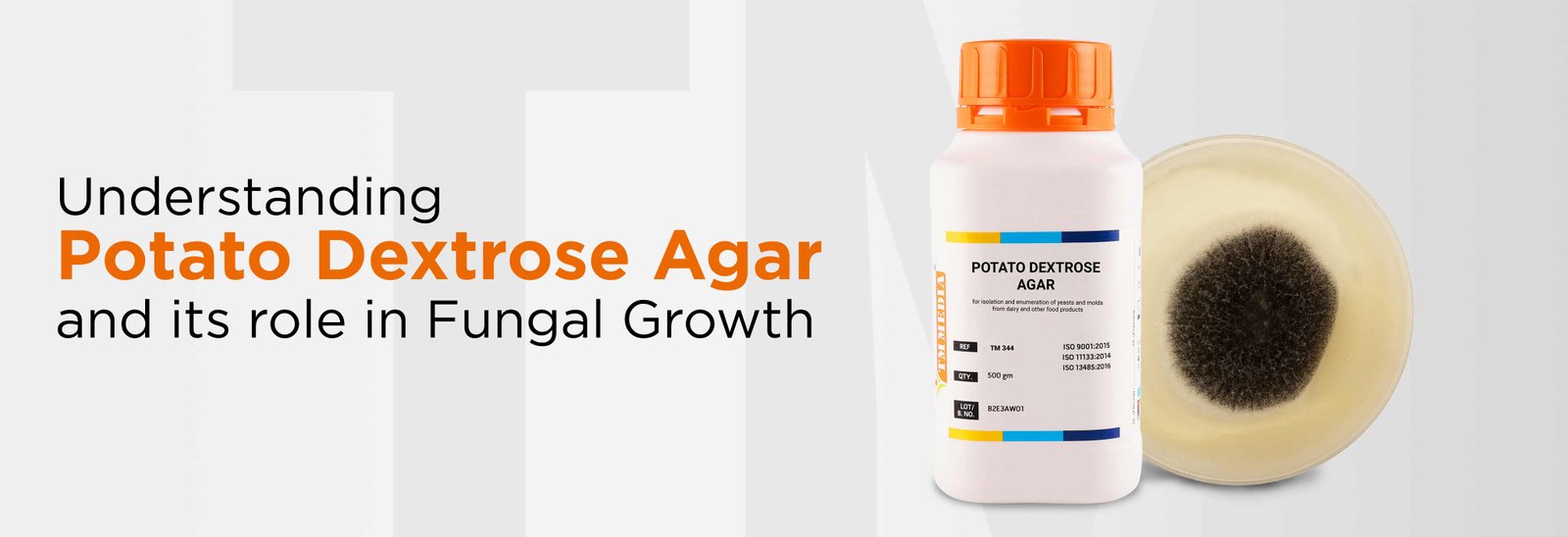
Potato Dextrose Agar (PDA) is a widely utilized medium in microbiology, specifically designed for the isolation and enumeration of yeasts...
Read More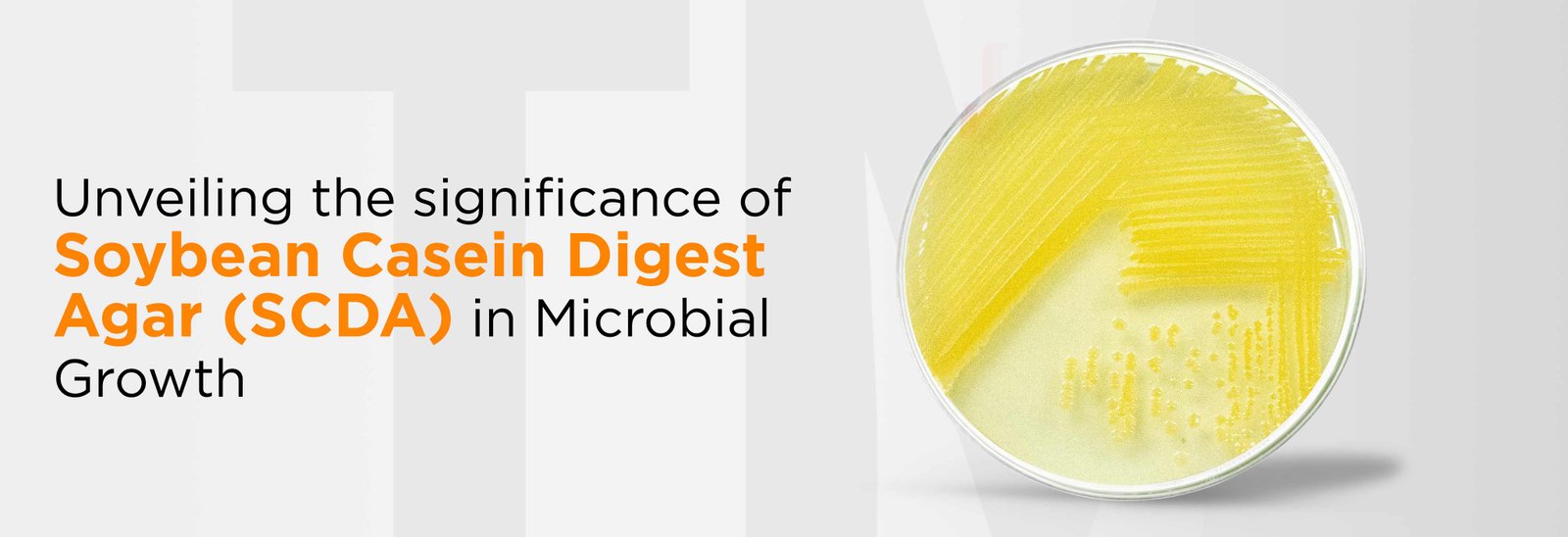
In the complicated world of microbiology, where precision and reliability are of utmost importance, Soybean Casein Digest Agar (SCDA) stands...
Read More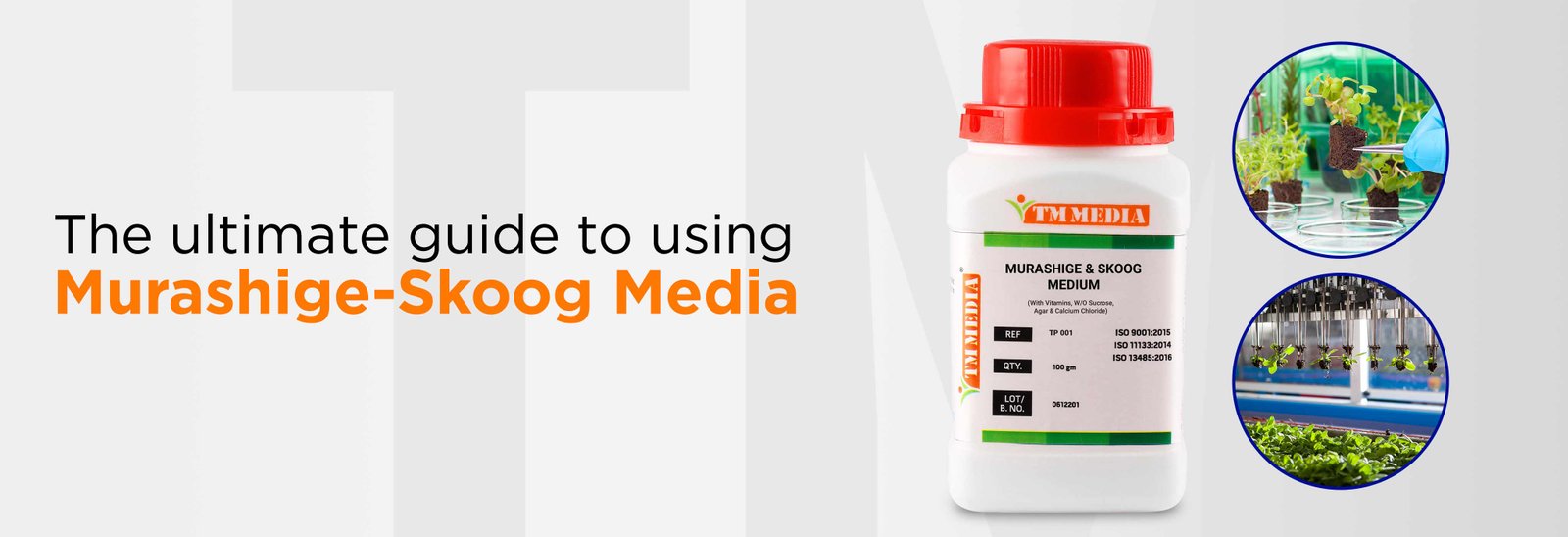
Have you ever wondered how scientists can grow entire plants from just a few cells in a laboratory? The answer...
Read More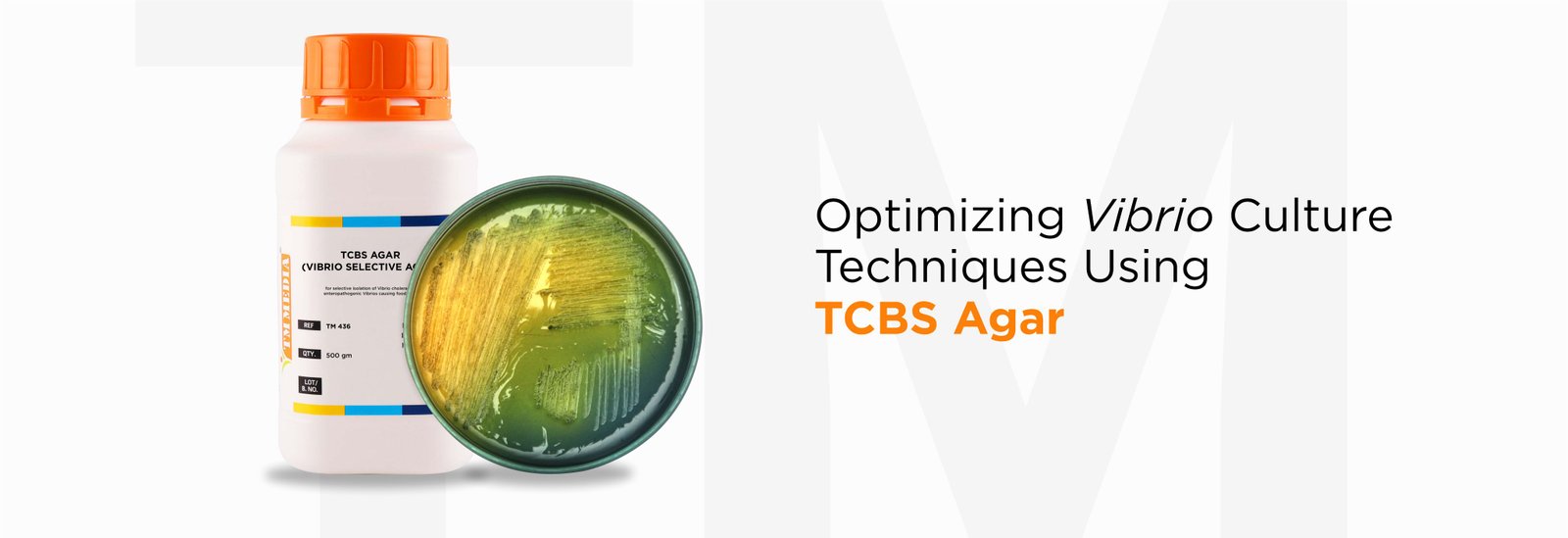
In the world of pathogenic identification, one crucial player in the isolation and cultivation of Vibrio species is Thiosulfate-citrate-bile salts-sucrose...
Read MoreMicrobiology, as a scientific discipline, relies heavily on precise tools and methodologies for understanding the details of the microbial world....
Read More